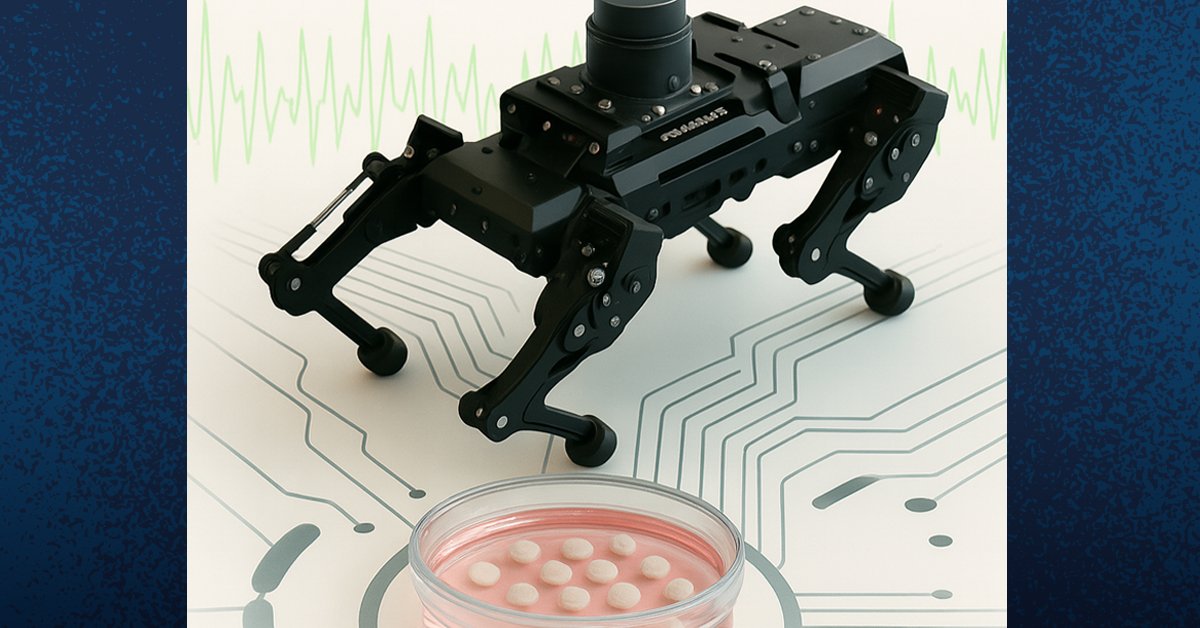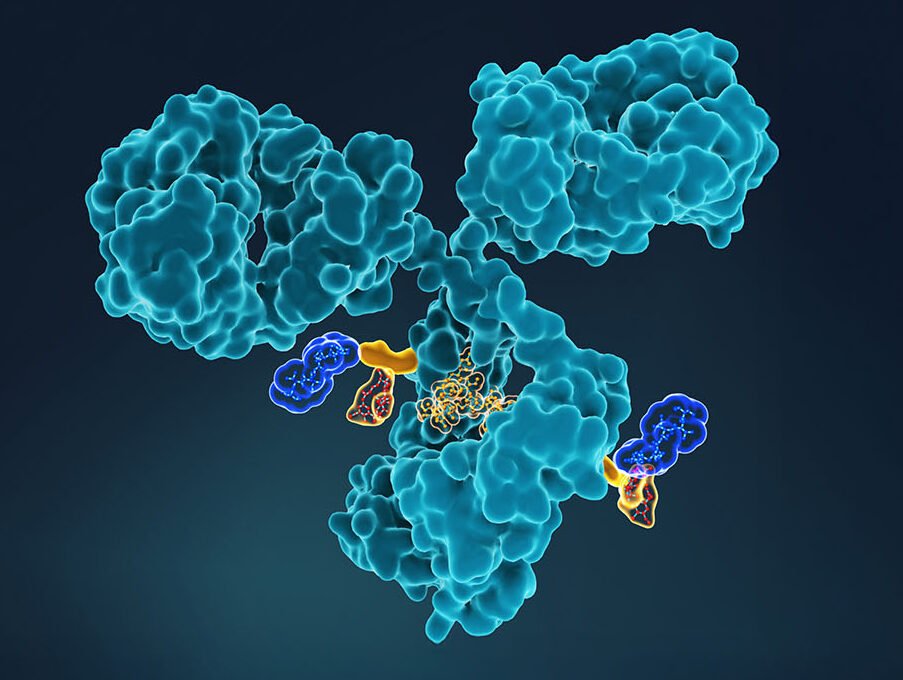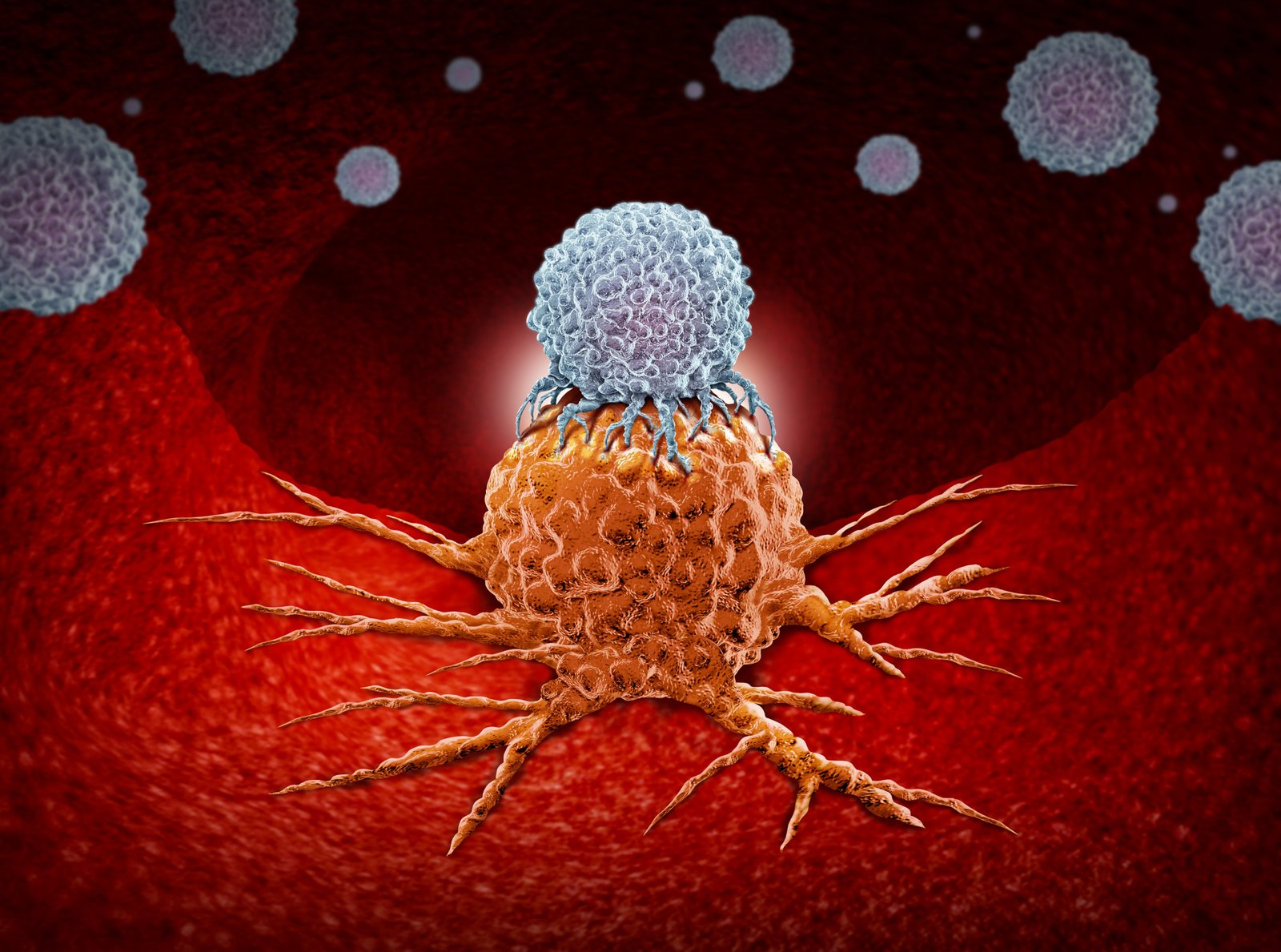Brain organoids are valuable models for studying neurological diseases. However, they mature slowly, limiting their utility for conditions that develop over decades. Until now, stimulation methods have been limited to required genetic modification, such as optogenetics, or direct electrical currents, which can damage neurons. Researchers from University of California (UC), San Diego Sanford Stem Cell Institute have now developed a novel method to stimulate and mature human brain organoids using graphene, a one-atom-thick sheet of carbon.
The new study published in Nature Communications titled, “Non-genetic neuromodulation with graphene optoelectronic actuators for disease models, stem cell maturation, and biohybrid robotics,” introduces Graphene-Mediated Optical Stimulation (GraMOS), a safe, non-genetic, biocompatible, non-damaging approach to influence neural activity over days to weeks. The method accelerates brain organoid development for the modeling of age-related conditions, such as Alzheimer’s disease.
“This is a game-changer for brain research,” said Alysson Muotri, PhD, professor of pediatrics, director of the UC San Diego Sanford Stem Cell Institute Integrated Space Stem Cell Orbital Research Center, and co-corresponding author of the study. “We can now speed up brain organoid maturation without altering their genetic code, opening doors for disease research, brain–machine interfaces and other systems combining living brain cells with technology.”
GraMOS uses graphene’s unique optoelectronic properties to convert light into electrical cues to trigger neuron communication. This stimulation mimics the environmental input received by human brains to drive development without invasive techniques.
“Using graphene and light, we were able to nudge the neurons to form connections and mature more rapidly, without traditional optogenetic tools,” said Elena Molokanova, PhD, co-corresponding author and chief executive officer and inventor of GraMOS technology at NeurANO Bioscience. “It’s like giving them a gentle push to grow up faster, essential for studying age-related diseases in a dish.”
Regular use of GraMOS helped brain organoids form stronger connections, better-organized networks, and more advanced communication between neurons, even in models made from Alzheimer’s patients. Early-stage Alzheimer’s organoids revealed functional differences in network connectivity and excitability when stimulated. Notably, the biocompatible nature of graphene did not harm neurons or organoid structure, even over long periods.
As stimulation accelerates neural maturation, researchers can use GraMOS to study disease progression in a more physiologically relevant context to improve drug testing timelines and provide new insight into how diseases like Alzheimer’s alter brain circuitry.
In addition, graphene-stimulated organoids were linked to a simple robot in a closed feedback loop, enabling it to respond to visual cues. In a proof-of-concept, the team connected graphene-interfaced brain organoids to a robotic system equipped with sensors. When the robot detected an obstacle, a signal was sent to stimulate the organoid to generate a neural pattern triggering the robot to change course. The loop was completed in under 50 milliseconds. This integration hints at future neuro-biohybrid systems with applications in advanced prosthetics and tissue engineering, offering a noninvasive and precise way to stimulate other types of lab-grown tissues.
“Our technology bridges a critical gap in organoid research,” said Alex Savchenko, PhD, co-corresponding author and chief executive officer of Nanotools Bioscience. “It offers a reliable, repeatable way to activate neurons, which can transform both fundamental neuroscience and translational studies.”
The post Brain Organoid Growth Accelerated by Graphene Method Models Age-Related Disease appeared first on GEN – Genetic Engineering and Biotechnology News.




